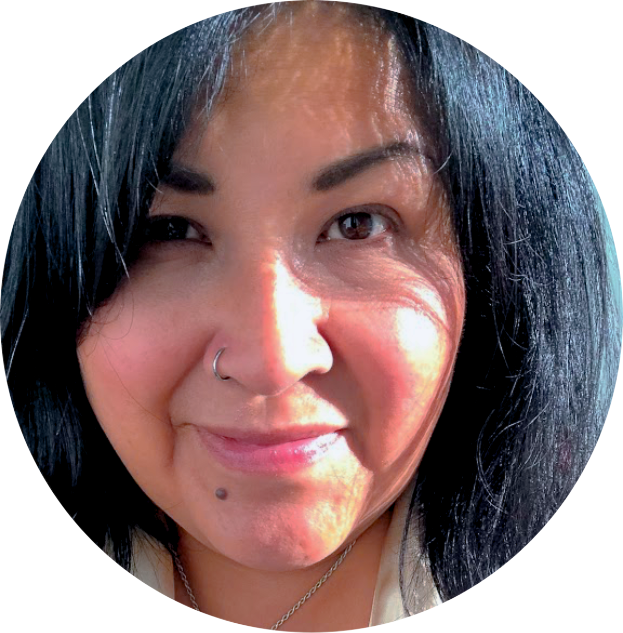Ribbons in the Wind
Indigenous women and girls just don’t go missing from high risk urban neighbourhoods, they can go missing from anywhere at anytime.
Emily Osmond was a 78 year old woman who one day just disappeared from her rural property near Kawacatoose First Nation, Saskatchewan. It was September 2007. Her family believes she was taken because her beloved dogs were abandoned, and personal belongings left behind.
It is stories like Emily’s that are honoured by other Indigenous women who have taken to tying red ribbons on bridges to remind the public of missing and murdered Indigenous women and girls.
It began on the bridge that spans the Saskatchewan River dividing Opaskwayak Cree Nation and The Pas, Manitoba. Rhonda Head, Paulene McGillivary, Janet Head, and Jennifer Flett hung ribbons to honour missing and murdered women on the Bignell Bridge in 2015.
“It was Colleen Valentine who put a call out to the community to cut red ribbons,” said Rhonda Head.
It was Rhonda’s sister, Janet, who suggested tying them to the bridge.
“We hung ribbons on both sides of the bridge. It was significant because it was on the bridge and over the water. Women are the water protectors and water carriers,” said Head.
Today, the Bignell Bridge connects the First Nation and the non-Indigenous town. And while, racism still appears in these communities, it was worse in the 1960s. But the leader of OCN at the time dreamt they could develop their own economies -- and they did. Today, more shops and services reside on OCN than in the town of The Pas.
Working with the mayor of the Pas and OCN Onekanew Christian Sinclair, Head and her friends were given permission to tie the ribbons on the bridge. The ribbons blowing in the wind became a powerful image and went viral. Women in other cities followed suit. And now in several cities all over Canada and the U.S., are red ribbons tied to handrails of bridges crossing water.
Head says that the most important thing is the ribbons are there to remind all who see them that we still have missing and murdered Indigenous women and girls out there and they are not forgotten.
Sharing the stories of missing and murdered Indigenous women and girls is important work. The team that brought you Taken worked hard to care for the women’s and their families’ stories. They have done their best to provide a platform to help shed light and perhaps bring new clues to their murders or disappearances. Some of these stories have been turned into a 10-part podcast series. We hope you will listen and share them with your networks, in the hope some of these crimes will be solved.
Kim Wheeler is a writer and publicist. She is the original writer/researcher for Taken. Her daughter, Katarina Ziervogel, is walking in her mom’s footsteps. Katarina also worked on Taken as a writer and social media producer. Kim is holding the doors open for her daughters to walk through.

